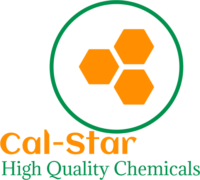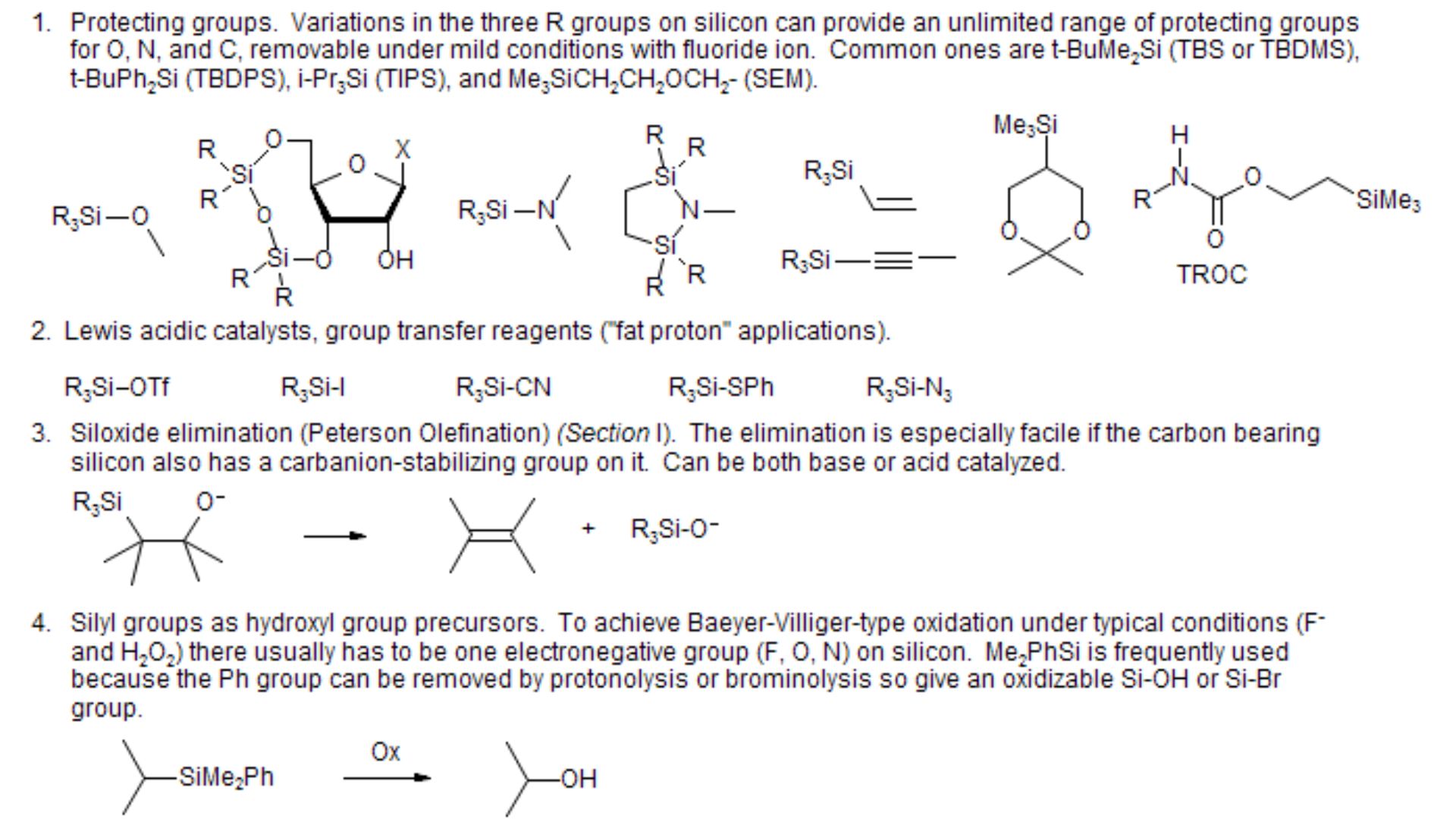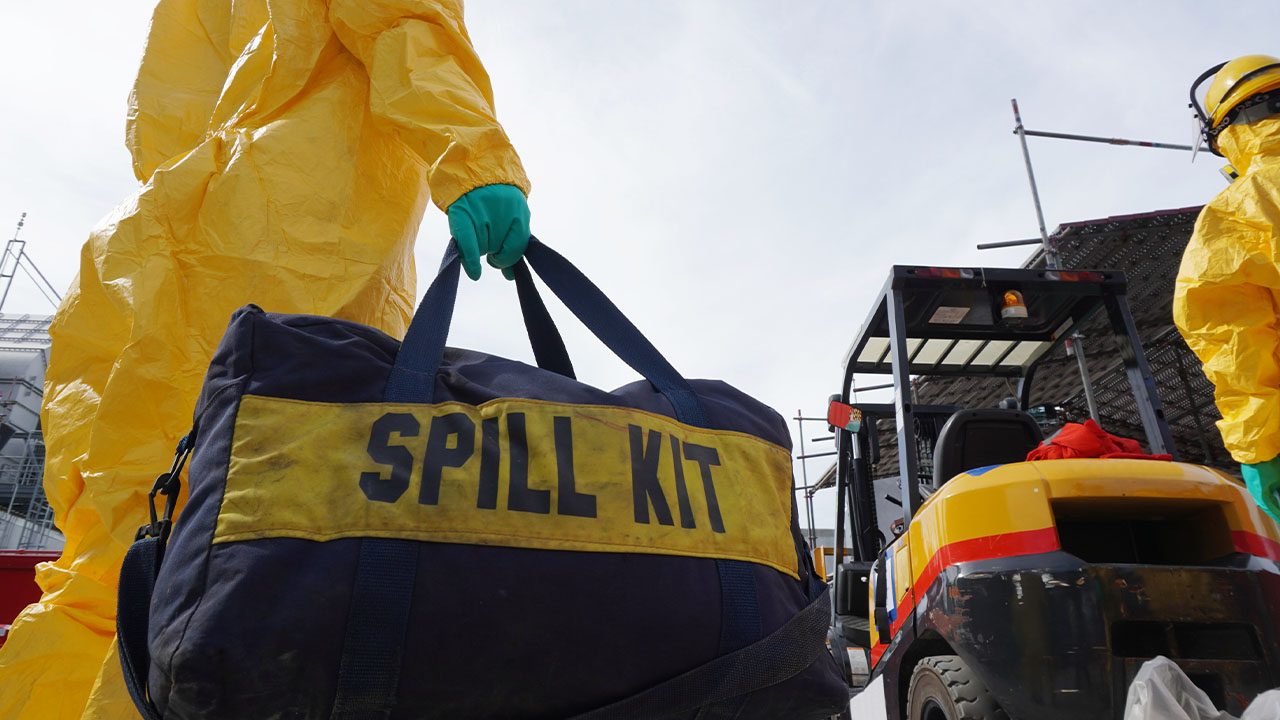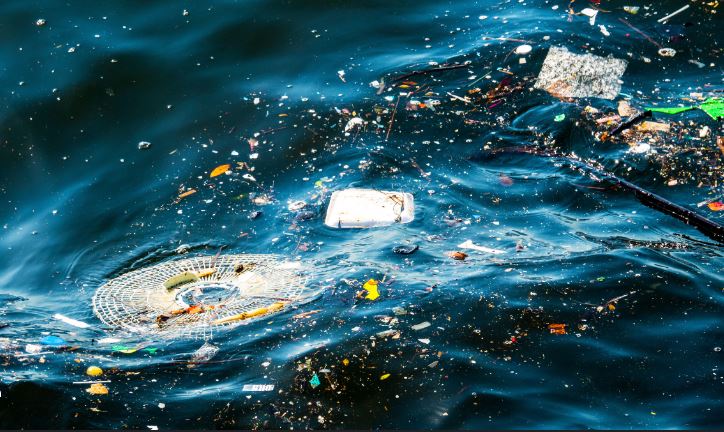Conducting a chemical synthesis is a vital process in chemistry that involves combining different substances to form new compounds. Understanding the best methods for conducting a chemical synthesis can enhance your efficiency and success in the lab. Here, we’ll explain the top techniques in detail.
Planning Your Synthesis
The first step in conducting a chemical synthesis is careful planning. Before starting, you need to outline the entire process, including the chemicals, equipment, and safety measures required. This preparation helps ensure a smooth synthesis and minimizes potential risks.
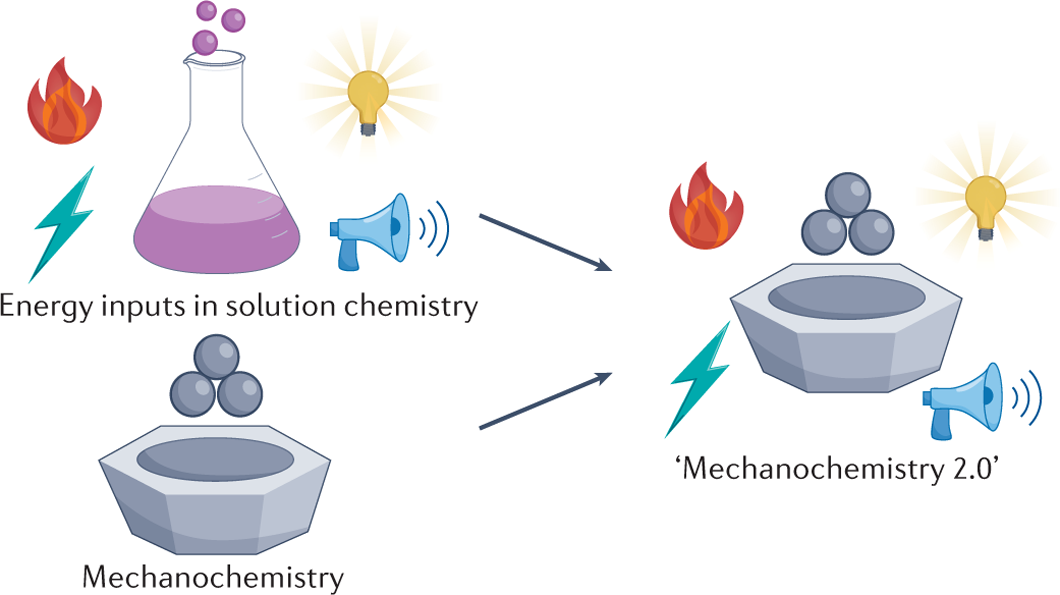
Conducting a Chemical Synthesis
Choosing the Right Reagents
Selecting appropriate reagents is crucial for successful chemical synthesis. The choice of reagents determines the reaction’s efficiency and yield. Make sure to choose reagents that are compatible and can effectively produce the desired compound.
Measuring Accurately
Accurate measurement of reagents is essential in conducting a chemical synthesis. Use precise instruments like pipettes, burettes, and balances to measure the exact quantities required. Incorrect measurements can lead to undesired reactions and low yields.
Maintaining Proper Reaction Conditions
Controlling reaction conditions, such as temperature, pressure, and pH, is vital for successful synthesis. Different reactions require specific conditions to proceed efficiently. Using equipment like thermostats, pressure regulators, and pH meters helps maintain these conditions.
Stirring and Mixing Techniques
Effective stirring and mixing are important in conducting a chemical synthesis. Proper mixing ensures that reagents interact uniformly, leading to a higher yield. Magnetic stirrers, overhead stirrers, and shakers are commonly used to achieve thorough mixing.
Monitoring the Reaction
Regularly monitoring the reaction is crucial to ensure it proceeds as planned. Techniques like thin-layer chromatography (TLC), gas chromatography (GC), and nuclear magnetic resonance (NMR) spectroscopy help track the progress and identify any issues early.
Purification of Products
After the reaction, purifying the products is necessary to remove impurities and by-products. Methods like filtration, distillation, crystallization, and chromatography are commonly used for purification. Each method has its advantages and is chosen based on the nature of the compound.
Yield Optimization
Maximizing the yield of your synthesis is important for efficiency. By optimizing reaction conditions, reagent concentrations, and purification methods, you can improve the overall yield. Conducting a chemical synthesis with a high yield ensures better resource utilization.
Safety Precautions
Safety is paramount when conducting a chemical synthesis. Always wear appropriate personal protective equipment (PPE), such as gloves, goggles, and lab coats. Additionally, ensure proper ventilation and follow safety protocols to minimize risks.
Documentation and Record Keeping
Keeping detailed records of your synthesis process is essential. Documenting the reagents, quantities, conditions, and observations helps in troubleshooting and future reference. Accurate record-keeping also supports the reproducibility and publication of your results.
Scaling Up the Synthesis
Scaling up from small-scale laboratory synthesis to larger production requires careful consideration. Factors like reaction kinetics, heat transfer, and mixing efficiency change with scale. Pilot studies and optimization help in successfully scaling up the synthesis.
Green Chemistry Principles
Incorporating green chemistry principles can make your synthesis more environmentally friendly. Using safer reagents, reducing waste, and improving energy efficiency are some ways to align with green chemistry practices.
Collaborative Efforts
Collaborating with other researchers can enhance your synthesis process. Sharing knowledge, techniques, and resources leads to better outcomes and innovative solutions. Networking with peers and attending conferences also provides valuable insights.
Continuous Learning
Staying updated with the latest developments in chemical synthesis is crucial. Reading scientific journals, attending workshops, and taking online courses help in expanding your knowledge and improving your synthesis techniques.
Conclusion
Conducting a chemical synthesis involves multiple steps, each requiring careful attention to detail. By planning thoroughly, choosing the right reagents, maintaining proper conditions, and optimizing the process, you can achieve successful and efficient synthesis. Regular monitoring, purification, and adherence to safety protocols further enhance your results. With continuous learning and collaborative efforts, you can stay at the forefront of chemical synthesis techniques.
